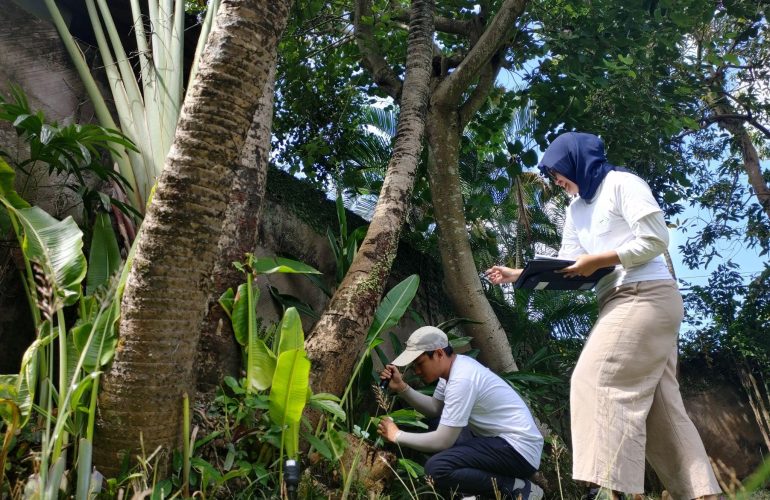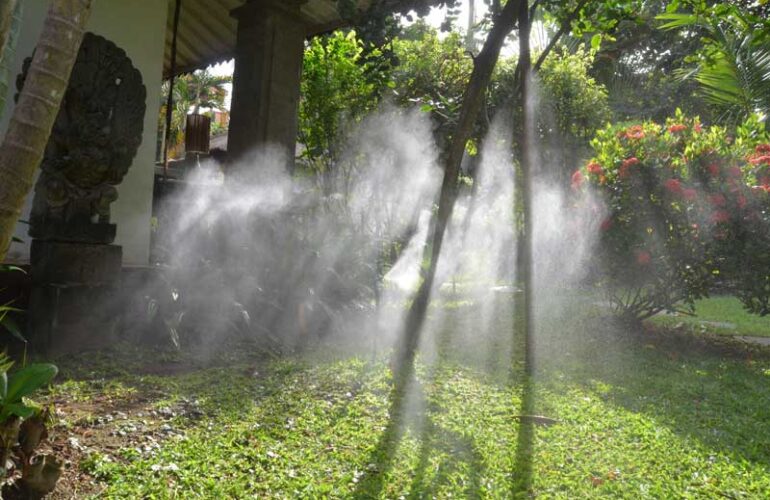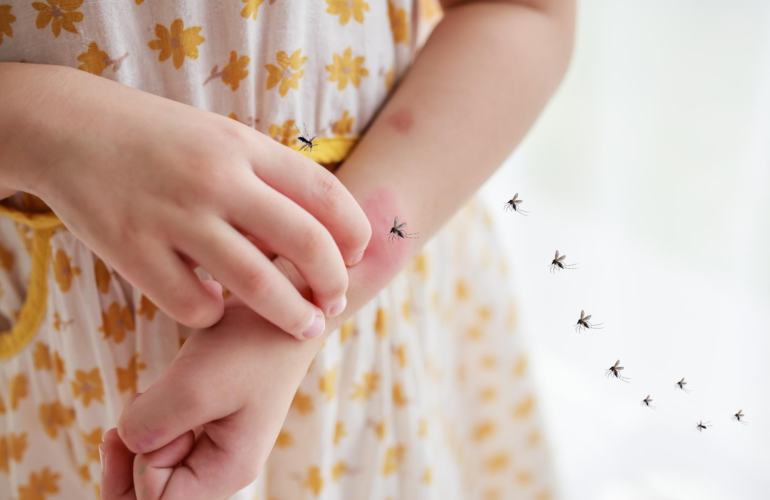Aedes aegypti is well known as primary vector for dengue hemorrhagic, chikungunya, yellow fever, and zika virus. Aedes aegypti could be identified with the typically black body and a pair of longitudinal white stripes and white lyre-shaped marking on their thorax. White and black stripes could be seen on their body and legs. Female Aedes aegypti lay black-colored eggs shaped like cigar on moist surface close the waterline of stagnant water. Commonly, Aedes aegypti would lay their eggs in artificial include plant pots, open bottle, tires, cans, vases, and clogged drainage. Females mosquito lays eggs approximately 50-200 in single time. In proper humidity and temperature, the egg will develop into an adult mosquito within 7-10 days. The eggs could survive in dry condition for average 6 months, and would hatch as soon as there’s water presence.
Aedes aegypti is native in Africa and spread all over the world especially most abundant in tropical, sub-tropical, and some temperate climate region. Historically, Aedes aegypti was found in forested area and utilize tree holes as habitats. As adaptive species toward urban domestic habitat, currently this species tend to live near human population and exploits a wide range of artificial containers such as vases, water tanks, tires, plant pots, and buckets. They also use both indoor and outdoor aquatic container habitat in the same area. Aedes aegypti prefer human habitation as they provide resting and host-seeking possibilities. During night, Aedes aegypti commonly take a rest in dark area indoor including under the bed, around window ventilation, hanging clothes, under furniture, and interior house wall.
Both male and female mosquitoes feed on plant nectar or plant juices as sugar-meal right after they emerged. After mating, female Aedes aegypti need protein for eggs maturing process and they obtain by blood-feeding on human or animals. Activity time of Aedes aegypti is during day, most active on early morning (6 am – 9 am) and early evening (3 pm – 6 pm). Interesting fact, the female Aedes aegypti can be attracted to a combination of body heat, odor, the carbon dioxide that human and animal emits, and the lactic acid from the body sweat





[…] a shocking 75% increase from 705 in 2021. It’s an incredibly painful disease caused by the Aedes aegypti or Aedes albopictus breed, which is easily spotted via prominent black and white stripes on its […]
[…] Aedes mosquitos and other mosquito species here in Bali are active in the early mornings and late afternoons, right after the sun rises, and in the hours leading up to sunset, approximately between 7-10 am and 5-8 pm. This would be the best time to set the timing for mosquito misting for maximum results. […]
[…] to do is to educate yourself and your family about the dengue mosquito. Keep an eye out for the Aedes aegypti or Aedes albopictus breed, which is easily spotted via prominent black and white stripes on its […]